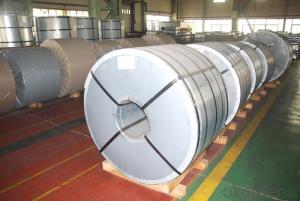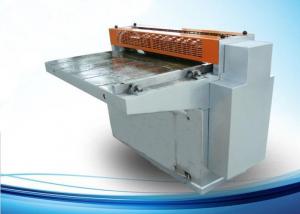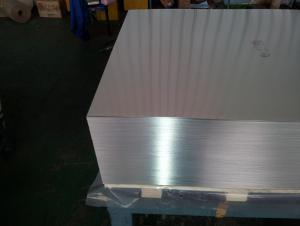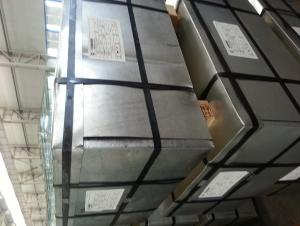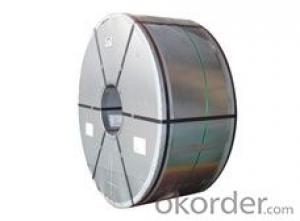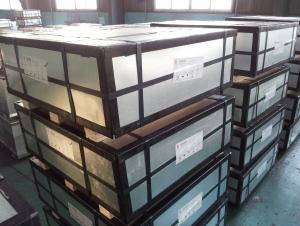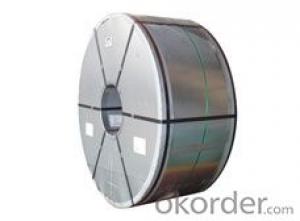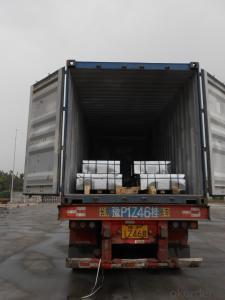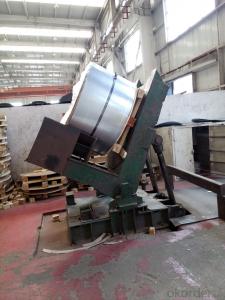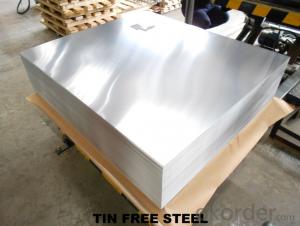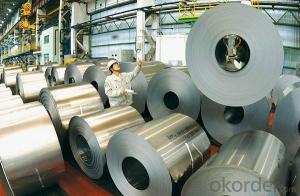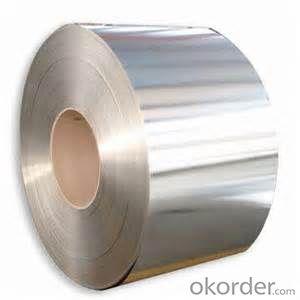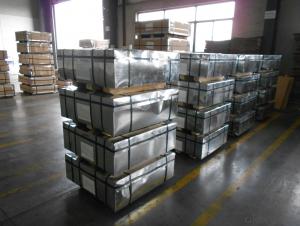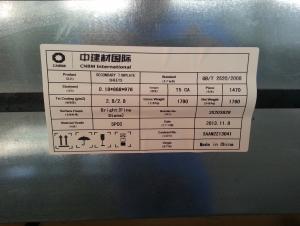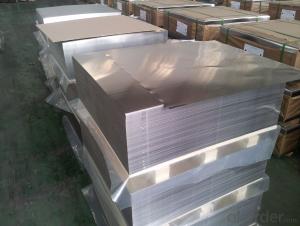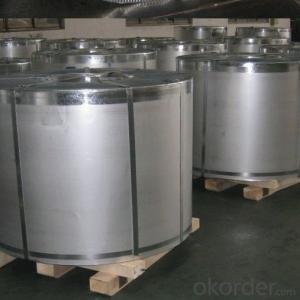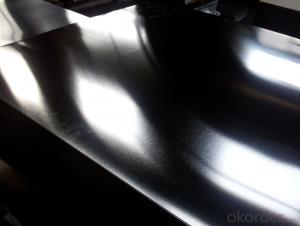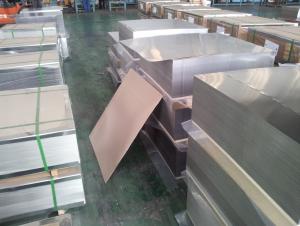Tinplate Hospital
Tinplate Hospital Related Searches
Tinplate Service Center Tinplate Studios Tinplate Iron Tinplate Factory Tinplate Metal Tinplate Pizza Tinplate Company Tinplate Market Tinplate Uk Tinplate Submarine Tinplate Box Tinplate China Turkey Tinplate Tinplate Social Circle Nse Tinplate Tinplate Jamshedpur Tinplate Share Tinplate Goldfish Tinplate Times Tinplate Food Packaging Tata Tinplate Tinplate Material Tinplate Products Ltd Tinplate Products Tinplate Future Tinplate Production Thai Tinplate Tinplate Can Italy Tinplate Printed TinplateTinplate Hospital Supplier & Manufacturer from China
Tinplate Hospital offers a diverse range of tinplate products catering to various industries and applications. These products include tinplate sheets, tinplate containers, and tinplate closures, which are designed to meet the specific needs of different markets. The versatility of tinplate materials makes them suitable for a wide array of uses, such as food packaging, beverage cans, and medical equipment. The durability and corrosion resistance of tinplate make it an ideal choice for applications where reliability and safety are paramount.Tinplate products are widely used in various sectors, from food and beverage to pharmaceuticals and healthcare. In the food industry, tinplate containers are essential for preserving the freshness and quality of packaged goods. Similarly, in the pharmaceutical sector, tinplate is used for manufacturing pill bottles and medical device casings, ensuring the protection and integrity of the contents. The usage scenarios for tinplate products are vast, making them indispensable in many industries.
Okorder.com is a leading wholesale supplier of tinplate products, boasting a large inventory to cater to the demands of various customers. As a reputable supplier, Okorder.com ensures that the tinplate hospital products they offer meet high-quality standards and are available at competitive prices. This makes them a reliable choice for businesses looking to source tinplate materials for their specific applications.
Hot Products
